8 Petua Tuangan Pendesak Pam Penting Teratas
Selamat Datang ke Blog Saya!
Saya teruja untuk mempunyai anda di sini! Sebelum kita menyelami kandungan, saya ingin anda menyertai saya di platform media sosial saya. Di situlah saya berkongsi cerapan tambahan, berhubung dengan komuniti kami yang hebat dan memaklumkan anda tentang berita terkini. Begini cara anda boleh terus berhubung:
📘 Facebook: Shanghai Leierwo Industry Trade Co., Ltd.
Sekarang, mari kita mulakan perjalanan ini bersama-sama! Saya harap anda mendapati kandungan di sini bukan sahaja bernas tetapi juga memberi inspirasi dan berharga. Mari mulakan!
Jadual Kandungan
pengenalan
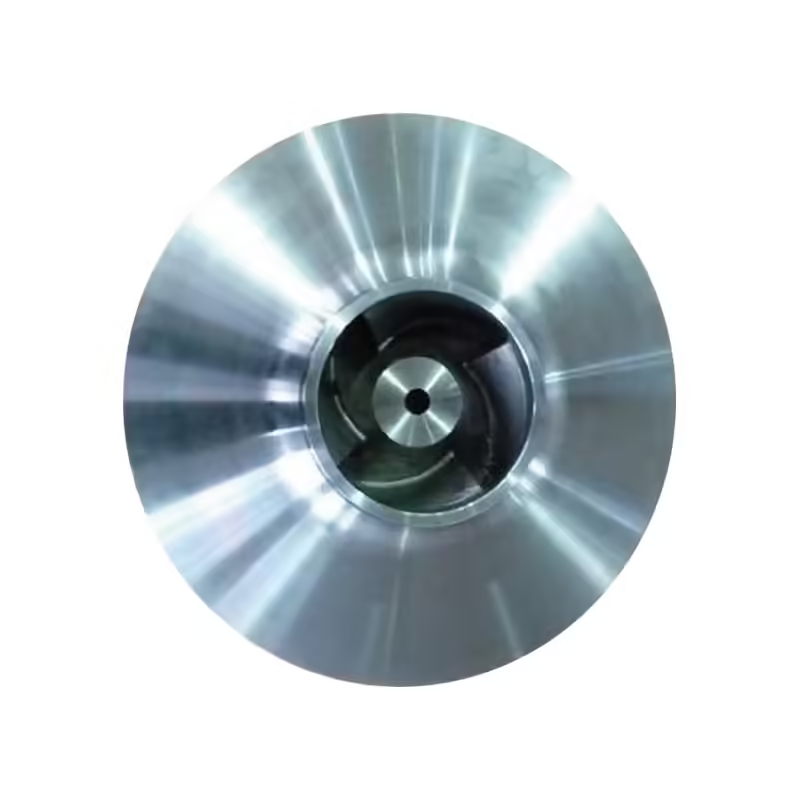
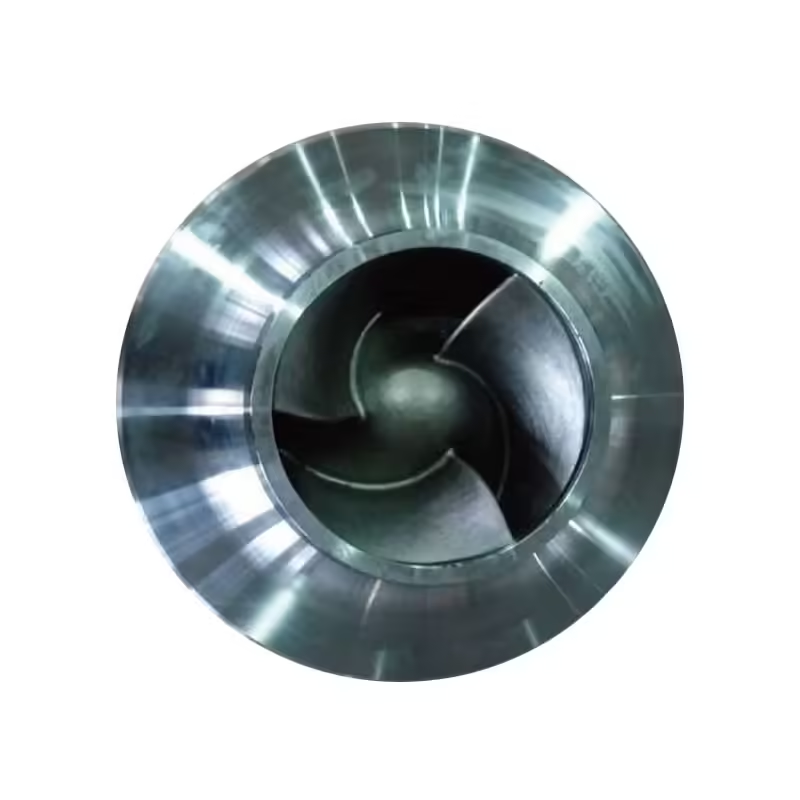
Pemutus pendesak pam ialah proses asas dalam pembuatan pam yang cekap dan boleh dipercayai yang digunakan dalam pelbagai industri seperti rawatan air, pemprosesan kimia, minyak dan gas, dan perlombongan. Kualiti dan ketepatan tuangan pendesak pam secara langsung mempengaruhi prestasi hidraulik pam, rintangan haus dan kecekapan tenaga. Memahami nuansa tuangan pendesak pam boleh membantu pengilang dan jurutera mengoptimumkan pengeluaran, meminimumkan kecacatan dan memanjangkan hayat peralatan.
Artikel ini memberikan gambaran menyeluruh tentang lapan petua penting yang boleh meningkatkan kualiti dan kebolehpercayaan tuangan pendesak pam. Sama ada anda seorang pengendali faundri, pereka pam atau jurutera berkualiti, cerapan ini akan membimbing anda membuat keputusan dan membantu mengelakkan perangkap biasa dalam projek tuangan pendesak pam.
Petua 1: Pilih Yang Tepat untuk Permohonan Anda
Beberapa teknik tuangan tersedia, dan memilih yang paling sesuai adalah penting untuk mencapai prestasi pendesak yang optimum. Pilihan mempengaruhi segala-galanya daripada ketepatan dimensi kepada kualiti permukaan dan kos pengeluaran.
Kaedah Pemutus Biasa:
- Tuangan Pasir: Kaedah ini sangat mudah disesuaikan dan menjimatkan kos, menjadikannya ideal untuk menghasilkan komponen besar dalam jumlah yang rendah. Ia sangat sesuai untuk reka bentuk yang lebih ringkas di mana perincian ultra-halus tidak menjadi keutamaan.
- Pemutus Pelaburan: Dikenali dengan keupayaannya untuk menghasilkan geometri rumit dengan kemasan permukaan yang sangat baik, teknik ini sesuai untuk aplikasi yang memerlukan ketepatan tinggi dan toleransi yang ketat.
- Die Casting: Jika anda ingin mengeluarkan volum tinggi pendesak yang lebih kecil dan kaya dengan butiran, kaedah ini menawarkan ketekalan dimensi yang unggul dan kitaran pengeluaran yang cepat.
Keputusan akhir anda harus mengambil kira pembolehubah seperti kerumitan bahagian, jenis bahan, keperluan dimensi dan skala pengeluaran. Setiap proses menawarkan keseimbangan ketepatan, kemasan, kos dan kebolehlaksanaan yang berbeza, semuanya mesti sejajar dengan matlamat operasi anda.
Petua 2: Optimumkan Reka Bentuk Pendesak untuk Kebolehlaksanaan Casting
Reka bentuk pendesak memainkan peranan penting dalam kualiti tuangan. Reka bentuk yang kompleks boleh mengakibatkan kecacatan tuangan seperti pengecutan, keliangan atau pengisian yang tidak lengkap. Memudahkan ciri reka bentuk dan memastikan ketebalan dinding yang seragam boleh mengurangkan risiko ini dan meningkatkan pemutus pendesak pam hasil.
Menggabungkan sudut draf dan jejari yang besar untuk memudahkan penyingkiran acuan dan meminimumkan kepekatan tegasan. Bekerjasama dengan jurutera reka bentuk untuk mengesahkan kebolehkilangan reka bentuk tuangan pendesak pam sebelum perkakasan bermula. Gunakan perisian simulasi untuk meramalkan dan mencegah kemungkinan isu tuangan pendesak pam.
Petua 3: Pilih Bahan Berkualiti Tinggi untuk Prestasi Lebih Baik
Ketahanan dan kebolehpercayaan pendesak sebahagian besarnya bergantung pada bahan dari mana ia dibuat. Persekitaran kerja yang berbeza—sama ada menghakis, melelas atau suhu tinggi—menuntut ciri bahan yang berbeza.
Pilihan Bahan Biasa:
- Keluli Tahan Karat: Menawarkan ketahanan yang sangat baik terhadap kakisan dan digunakan secara meluas dalam tetapan kimia atau marin.
- Gangsa: Terkenal dengan rintangan haus yang baik dan sifat tuangan yang menggalakkan; sering digunakan dalam aplikasi air laut.
- Besi tuang: Pilihan yang lebih menjimatkan untuk aplikasi yang tidak memerlukan rintangan kakisan yang tinggi.
- Aloi Dupleks: Bahan ini memberikan gabungan kekuatan dan rintangan kakisan, sesuai untuk persekitaran yang agresif.
Apabila memilih bahan, pertimbangkan sifat utama seperti kekuatan tegangan, kekerasan dan kekonduksian terma. Ia juga penting untuk memastikan aloi memenuhi piawaian kimia dan mekanikal yang diperlukan untuk aplikasi khusus anda.
Petua 4: Kawal Parameter Proses untuk Meminimumkan Kecacatan
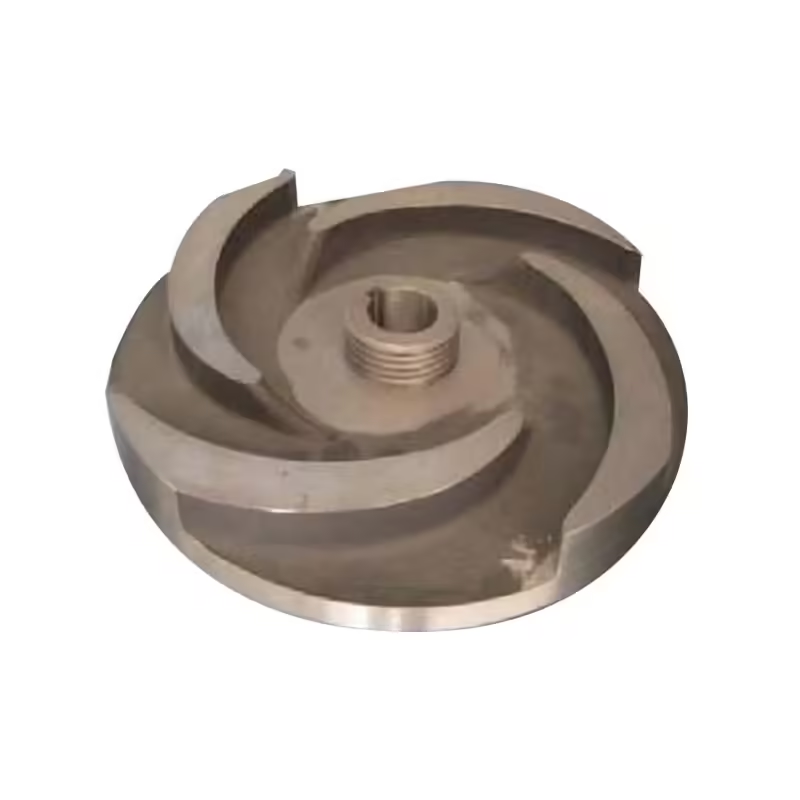
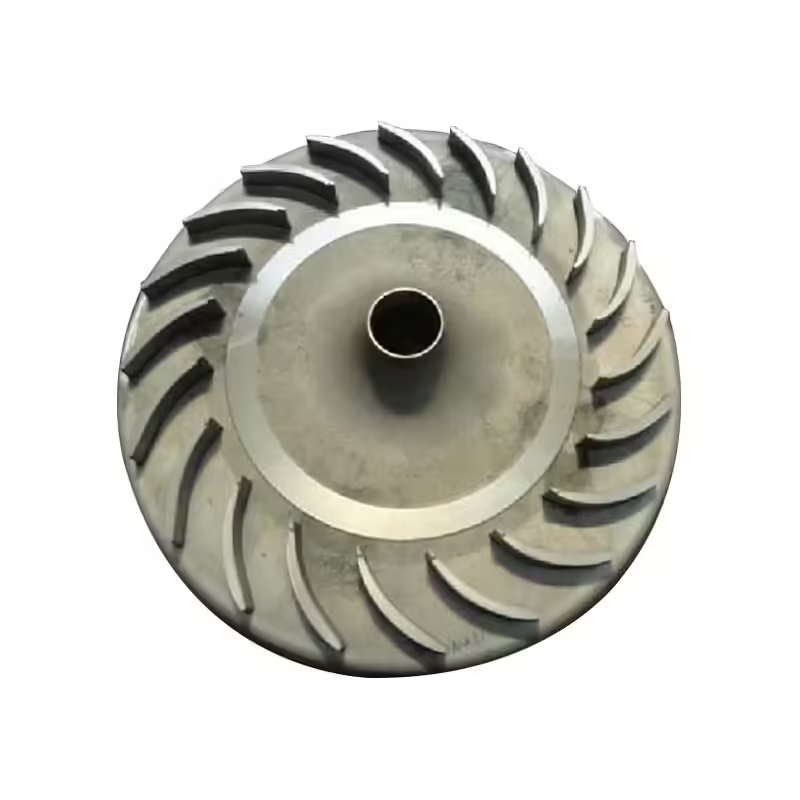
Mencapai hasil tanpa kecacatan memerlukan kawalan ketat ke atas parameter pengeluaran utama. Perubahan dalam suhu penuangan, tahap prapanas acuan dan kadar penyejukan boleh menyebabkan ketidaksempurnaan seperti koyak panas, lompang dalaman atau ketidaktepatan dimensi.
Cadangan:
- Wujudkan SOP: Prosedur Operasi Standard membantu memastikan amalan yang konsisten merentas kelompok.
- Pantau dalam Masa Nyata: Gunakan penderia dan automasi untuk menjejaki metrik penting sepanjang proses cair dan tuang.
- Reka Bentuk Sistem Gating Berkesan: Peletakan pelari dan riser yang betul memastikan pengisian acuan penuh dan mengelakkan terperangkap udara.
Proses terkawal bukan sahaja menghasilkan integriti fizikal yang lebih baik—ia juga meningkatkan kecekapan dan mengurangkan kemungkinan kerja semula atau sekerap yang mahal.
Petua 5: Laksanakan Teknik Pemeriksaan Lanjutan
Kawalan kualiti amat diperlukan dalam pemutus pendesak pam. Kaedah ujian tidak merosakkan (NDT) seperti pemeriksaan sinar-X, ujian ultrasonik, dan ujian penembus pewarna boleh mengenal pasti kecacatan dalaman dan permukaan tanpa merosakkan bahagian tersebut.
Gunakan alat pemeriksaan dimensi seperti mesin pengukur koordinat (CMM) untuk mengesahkan dimensi kritikal. Audit dan pemeriksaan tetap yang disesuaikan untuk mengepam tuangan pendesak membantu mengekalkan kualiti yang konsisten merentas kelompok.
Jadual: Perbandingan Bahan Biasa Digunakan dalam Tuangan Pendesak Pam
| bahan | Rintangan Kakisan | Kekuatan Tegangan (MPa) | Toleransi Suhu | Aplikasi Biasa |
|---|---|---|---|---|
| Keluli Tahan Karat | Cemerlang | 500 – 750 | tinggi | Pam kimia, marin, air |
| Gangsa | bagus | 200 – 500 | Sederhana | Pam marin, pemadam kebakaran |
| Besi tuang | Sederhana | 150 – 300 | Sederhana | HVAC, pengairan, kegunaan umum |
| Aloi Dupleks | Cemerlang | 600 – 900 | tinggi | Minyak & gas, persekitaran yang menghakis |
Petua 6: Fokus pada Kecekapan Tenaga dalam Reka Bentuk Pemutus
Kecekapan tenaga telah menjadi keutamaan utama bagi industri yang bergantung pada sistem pengepaman, bukan sahaja untuk mengurangkan kos operasi tetapi juga untuk memenuhi matlamat kemampanan. Dalam konteks tuangan pendesak pam, reka bentuk untuk kecekapan tenaga bermula pada peringkat terawal—lama sebelum logam cair menyentuh acuan.
Salah satu strategi yang paling berkesan ialah mengoptimumkan reka bentuk hidraulik pendesak. Faktor seperti nombor bilah, kelengkungan bilah, sudut ram, dan lebar saluran secara langsung mempengaruhi ciri aliran dan kepala tekanan pam. Pendesak yang direka bentuk dengan buruk boleh menghasilkan pergolakan, pemisahan aliran dan zon peredaran semula, yang kesemuanya mengurangkan kecekapan pam dan meningkatkan penggunaan tenaga.
Untuk mengurangkan isu ini, jurutera kerap menggunakan simulasi dinamik bendalir pengiraan (CFD). CFD membenarkan penilaian kelakuan bendalir merentas reka bentuk pendesak yang berbeza, memberikan pandangan tentang cara geometri mempengaruhi kecekapan. Ini membolehkan pengoptimuman reka bentuk sebelum proses penuangan pendesak pam bermula.
Reka bentuk pendesak yang cekap tenaga akan menghasilkan tuangan yang memberikan gerakan bendalir yang lebih lancar, kehilangan geseran yang lebih rendah dan kestabilan mekanikal yang lebih baik. Dari masa ke masa, faedah ini membawa kepada pengurangan yang boleh diukur dalam penggunaan elektrik dan keperluan penyelenggaraan. Dalam sistem yang beroperasi secara berterusan, seperti dalam rawatan air sisa atau litar penyejukan industri, penjimatan tenaga diperoleh daripada pemutus pendesak pam boleh menjadi besar.
Tambahan pula, menyepadukan prinsip cekap tenaga ke dalam reka bentuk tuangan menyokong inisiatif pembuatan hijau dan sejajar dengan tekanan kawal selia yang semakin meningkat untuk mengurangkan kesan alam sekitar.
Petua 7: Pertimbangkan Pemesinan dan Kemasan Selepas Tuangan
Selepas tuangan selesai, operasi sekunder seperti pemesinan, pengisaran dan kemasan permukaan adalah penting untuk memenuhi spesifikasi dimensi dan prestasi. Pendesak mungkin memerlukan pengimbangan untuk menghapuskan getaran semasa operasi.
Gunakan mesin CNC untuk pemesinan yang tepat, dan gunakan salutan atau rawatan untuk meningkatkan rintangan haus dan kualiti permukaan. Kualiti produk akhir selalunya bergantung pada keberkesanan proses pasca penuangan.
Petua 8: Pastikan Pematuhan dengan Piawaian Industri
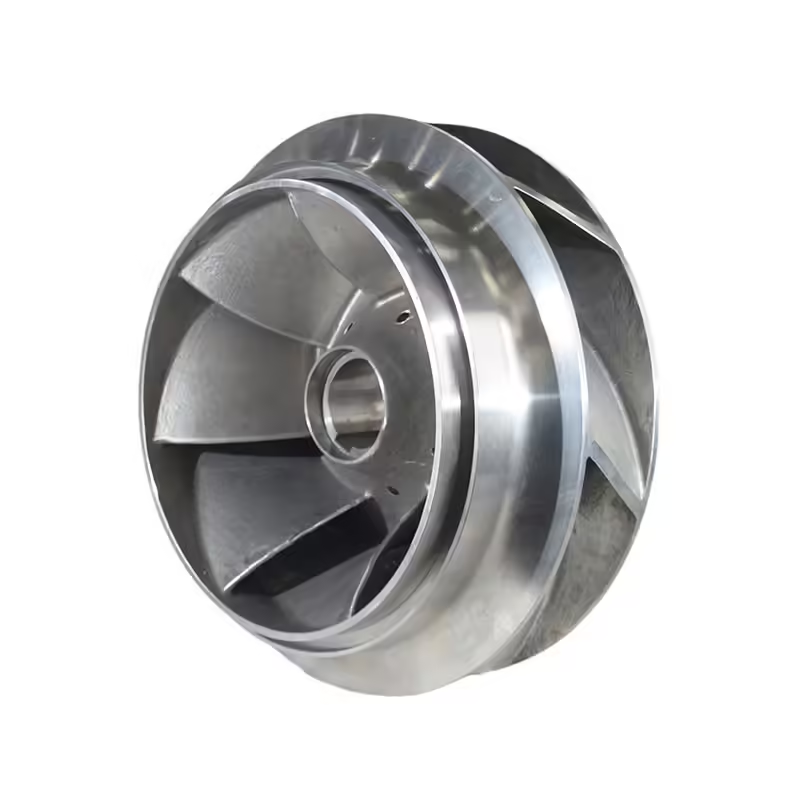
Mematuhi piawaian antarabangsa dan khusus industri memastikan kebolehpercayaan dan keyakinan pelanggan. Piawaian seperti ASTM, ASME dan ISO mentakrifkan gred bahan, prosedur ujian dan toleransi dimensi.
Pematuhan bukan sahaja memudahkan penerimaan pasaran tetapi juga mengurangkan risiko kegagalan produk. Laksanakan sistem dokumentasi yang mantap untuk mengesan pematuhan daripada perolehan bahan mentah hingga pemeriksaan akhir.
Kesimpulan
Pemutus pendesak pam adalah lebih daripada sekadar proses pembuatan—ia merupakan langkah kritikal yang menentukan kecekapan, kebolehpercayaan dan jangka hayat pam. Dengan mengikuti lapan petua penting ini, pengeluar boleh menghasilkan tuangan berkualiti tinggi, mengurangkan kos operasi dan meningkatkan kepuasan pelanggan.
Daripada memilih kaedah pemutus yang betul kepada menguatkuasakan semakan kualiti yang ketat, setiap peringkat memainkan peranan penting dalam hasil akhir. Kekal bermaklumat dan menyepadukan teknologi moden ke dalam amalan pemutus tradisional adalah kunci untuk mengekalkan daya saing dan kecemerlangan dalam bidang tersebut.
Soalan Lazim
Apa itu pemutus pendesak pam?
Tuangan pendesak pam adalah proses pembuatan di mana logam cair dituang ke dalam acuan untuk membentuk bentuk pendesak pam. Kaedah ini digunakan secara meluas dalam industri seperti rawatan air, pemprosesan kimia, dan perlombongan kerana keupayaannya untuk mencipta geometri kompleks dengan dimensi yang tepat. Kualiti tuangan pendesak pam sangat mempengaruhi kecekapan pam, kebolehpercayaan dan ketahanan.
Mengapa kualiti pemutus pendesak pam sangat penting?
Prestasi pam sebahagian besarnya bergantung pada ketepatan dan integriti pendesaknya. Tuangan pendesak pam yang lemah boleh mengakibatkan kecacatan seperti keliangan, ketidakseimbangan, atau ketidakseimbangan, yang boleh menyebabkan pengurangan kecekapan hidraulik, peningkatan penggunaan tenaga dan juga kegagalan pramatang. Memastikan tuangan berkualiti tinggi adalah penting untuk jangka hayat dan keberkesanan keseluruhan sistem pam.
Bagaimana pemutus pendesak pam mempengaruhi kecekapan tenaga?
Pendesak tuang yang cekap dengan geometri yang dioptimumkan mengurangkan kehilangan hidraulik dan meningkatkan prestasi aliran. Menggunakan alatan seperti CFD (Computational Fluid Dynamics) semasa reka bentuk membantu memperhalusi sudut bilah dan memperkemas kontur. Tuangan pendesak pam yang cekap tenaga menyumbang kepada kos operasi yang lebih rendah dan prestasi yang mampan.
8. Bagaimanakah saya boleh memastikan saya pemutus pendesak pam menepati piawaian antarabangsa?
Pematuhan kepada piawaian seperti ASTM, ASME dan ISO memastikan ketekalan dalam bahan, toleransi dan kaedah ujian. Mengikuti garis panduan ini membina kepercayaan dengan pelanggan dan membolehkan akses pasaran yang lebih besar. Anda juga dinasihatkan untuk melaksanakan sistem dokumentasi dan kebolehkesanan yang komprehensif untuk setiap peringkat proses penuangan pendesak pam.
Kategori Produk
- Bahagian Injap
- Bahagian Pam Air
- Bahagian Kotak Galas
- Bahagian Die Casting
- Produk Pam Keluli Tahan Karat
- Produk Pam Besi Tuang
- Bahagian Injap Untuk Kegunaan Kereta
- Bahagian Kenderaan
- Bahagian Injap Untuk Kegunaan Awam
- Bahagian Pam Vakum KF

